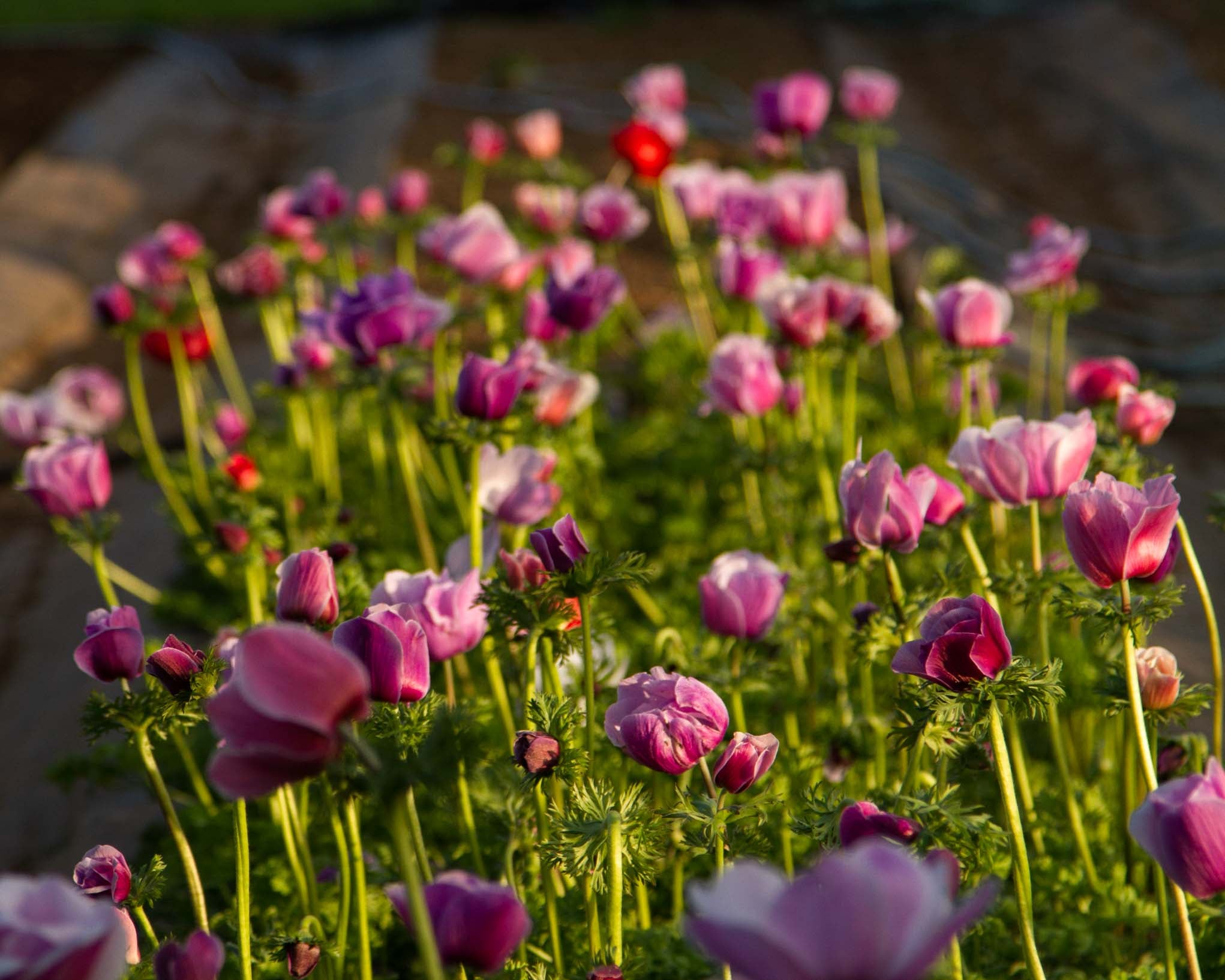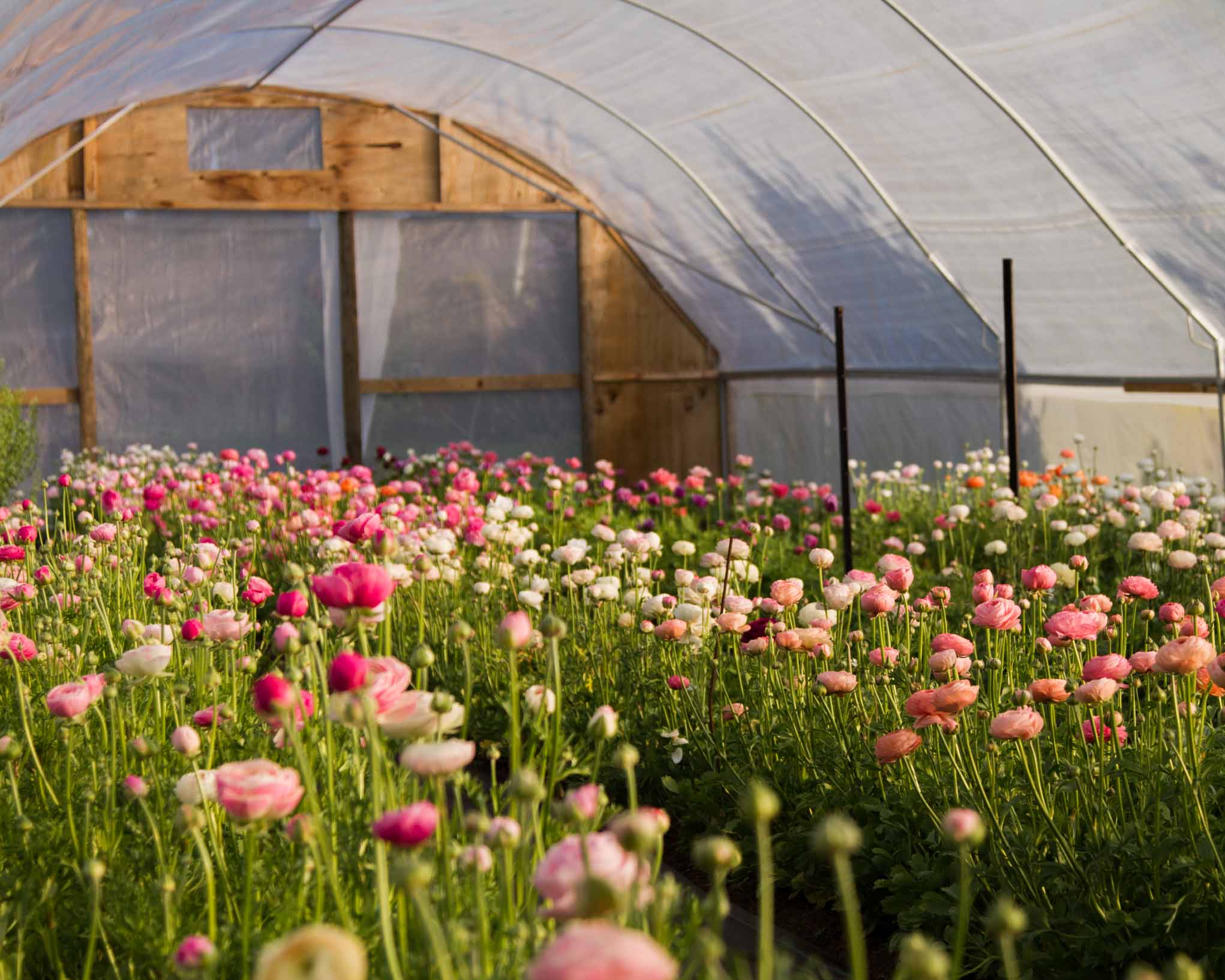How to Grow Tulips
When to plant
Tulips are best planted from around late April to early June, depending on your climate.
Where to plant
Tulips can be planted in full sun to a little partial shade. Good drainage as always is advised. It is best to try not to plant tulips in the same spot for a few years. For the best effect in your garden tulips are best planted in en masse in groups.
Pre-chilling
Tulips need a colder winter to bloom their best and tallest selves than we typically get around North Taranaki northwards. So to give them the chill they crave, pre-chilling bulbs for about 6-8 is recommended.
They can be chilled in your fridge (NOT freezer), and as they’ve severely sensitive to ethylene gases fruit & vege produce they need to be keep separate (ideally not in the same fridge).
Keep them in breathable paper bag and check for excessive signs of mold. A little mold isn't too detrimental, but vermiculite can be added to their bags to help regulate the moisture and help reduce mold.
Spacing
If growing for harvesting flowers, tulips can be planted very close together, like eggs in a carton type close!
If growing to try naturalize in your garden a bit more space is needed (I'd probably go 5-10cm apart). Naturalizing is unfortunately unlikely to be successful in warmer regions.
Planting
If growing for harvesting flowers (aka whole plant bulb & all harvesting for the longest stems), tulips can be planted approx 15-20cm deep.
To get that depth, either dig a trench, lay them all out closely and then bury them back again. Other methods is growing in crates, or raised beds planting first and filling later (you can also try do this with mostly compost then after harvesting the compost can be re-used as a mulch on other beds).
If planting in your garden where stem length isn't an use you can plant approx 10cm deep.
Bulbs can be topped with a compost mulch and fertilized with a bulb (or even rose/potato, low nitrogen) fertilizer.
Pests & Diseases
Tulips are relatively pest free (for me at least), but they can at times be prone to a range of fungal issues in our warm & humid climate, so making sure they have good airflow around them is very important – keeping the weeds at bay goes a long way to help airflow.
Also while tulips are very hardy plants, their flowers are not so hardy, and will need frost protection if you get a late one while they're in bud/flower.
Harvesting Flowers
If growing for cut-flower sales, tulips are best harvested whole plant, bulb & all. The extra stem length below ground can make the world of difference to being saleable or not, and if you have a chiller they can be stored bulb attached for 2-3 weeks as they're still connected to their life-source, which gives you a longer sales window.
Grown this way the bulbs are treated as annuals, as without leaving a couple
leaves to the bulb they won't be able to store enough energy to come back following season.
Naturalizing
If you're lucky enough to be growing in a cooler climate, you can try naturalize/perennialise your tulips (aka encourage them to come back every year).
If you're planning to naturalize them it is important that you leave as much of their foliage on the plants for as long as possible as they draw down all that energy back into their bulbs for next season's growth & flowers. Removing old flowers and seed pods also helps to prioritise their energy for future seasons too.
If you're naturalizing is a success (tulips can be a little fickle), then every few years they'll need dividing.

Planting tulips in a trench - for cut flowers - planting super close, like eggs in a carton.

This season we skipped digging trenches and grew them in new raised beds instead - don't skip on a good layer of compost on top of them to help keep the weeds at bay, we only got around to topping them up as they were just starting to push through this season, but that kinda helped knock the weeds back at exactly the right time, and they were the tidiest tulips I've ever grown!

Each tulip variety pops up and flowers at different times, one of these days I'm going to have my beds mastered and plant in order of first flowering to last flowering, but I never take good enough notes to remember who flowers after who come planting time.

When growing tulips for cut-flowers it's best to harvest the whole plant, bulb and all to get that valuable extra 10-15cm stem length.

When harvesting tulips with their bulbs on, they can be very dirty, so it's best to wash them clean before storing them in the chiller.

On sunny warm days tulips can open incredibly fast, these foxtrot tulips were right on the line or slightly past their perfect stage of harvest for storing.

The aftermath of ignoring the tulip harvests for a sunny weekend.

I hadn't ever really let my tulips fully blow open in the field before this past spring, where in all the chaos of shifting farms we missed keeping up with a lot of things, but these Mascotte sure put on an impressive show!!



